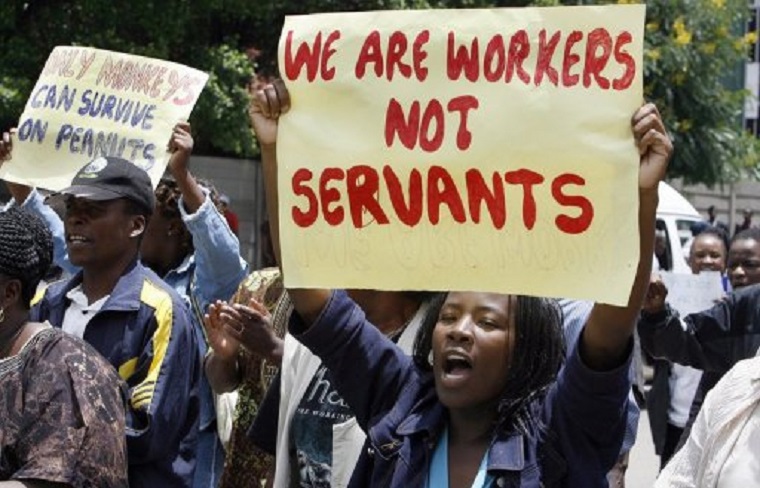The audit also found that state technical and teachers’ colleges were overstaffed by as many as 1 716 lecturers.
At Mutare Polytechnic College, for instance, the Cosmetology course had just one student enrolled when the audit took place, but with four lecturers assigned to the course. The Industrial Clothing course, with 25 students, had nine lecturers. Fashion design (13 students, 6 lecturers), Music (12 students, three lecturers) and Art and Design (11 students, three lecturers).
At Bulawayo Polytechnic, the Adult Education department had 19 students and an equal number of lecturers, while at St Peter’s Kubatana Technology Centre, a willing two lecturers for the national certificate in wood machining and manufacturing technology had no students to teach.
Harare Polytechnic had student to lecturer ratios ranging from 1:5 to 1:11 at the time of the audit.
Government was also paying the salaries of 2 888 teachers working a private and trust schools, incurring nearly $20 million annually.
Each time civil service reforms are mentioned, the subject of ghost workers on the government payroll inevitably comes up.
Opposition officials, citing a 2010 report by Ernst & Young that was never made public by the 2009-2013 power-sharing government, frequently claim that government ghost workers number as many as 70 000. The latest audit acknowledge the earlier one had been caught up in politics.
“In 2010 there was a Payroll and Skills Audit Report by Ernst and Young (India), some of whose recommendations could not be fully implemented because they were polarised by the political environment obtaining in the inclusive government,” reads part of the 2015 audit report.
The 2015 audit, however, recorded 3 307 people on the payroll, who could not be accounted for, despite costing the state $21 million in salaries per year.
During his parliamentary address on Wednesday, President Emmerson Mnangagwa repeated his call for a change in the work culture among government employees. Although he did not specifically mention job cuts in the civil service, Mnangagwa spoke about the need to create fiscal space.
With the government wage bill taking up 70% of all revenue, Mnangagwa will inevitably have to look at the size of the civil service to achieve that goal.
Government had planned to spend $3.3 billion on its wage bill in 2018, but, after being pressured by its employees to agree to wage increases just before the July elections, this figure will be close to $4 billion, or nearly 80% of total revenue.
The wage increases were largely responsible for the $1.4 billion budget deficit registered in the first half of the year, against a full-year projection of $700 million.
Previous efforts to restructure and cut down the civil service fell victim to the policy lethargy and general dysfunctionality that gripped former President Robert Mugabe’s administration during its dying days.
But the 2015 civil service audit report remains a useful resource.
Continued next page
(761 VIEWS)


